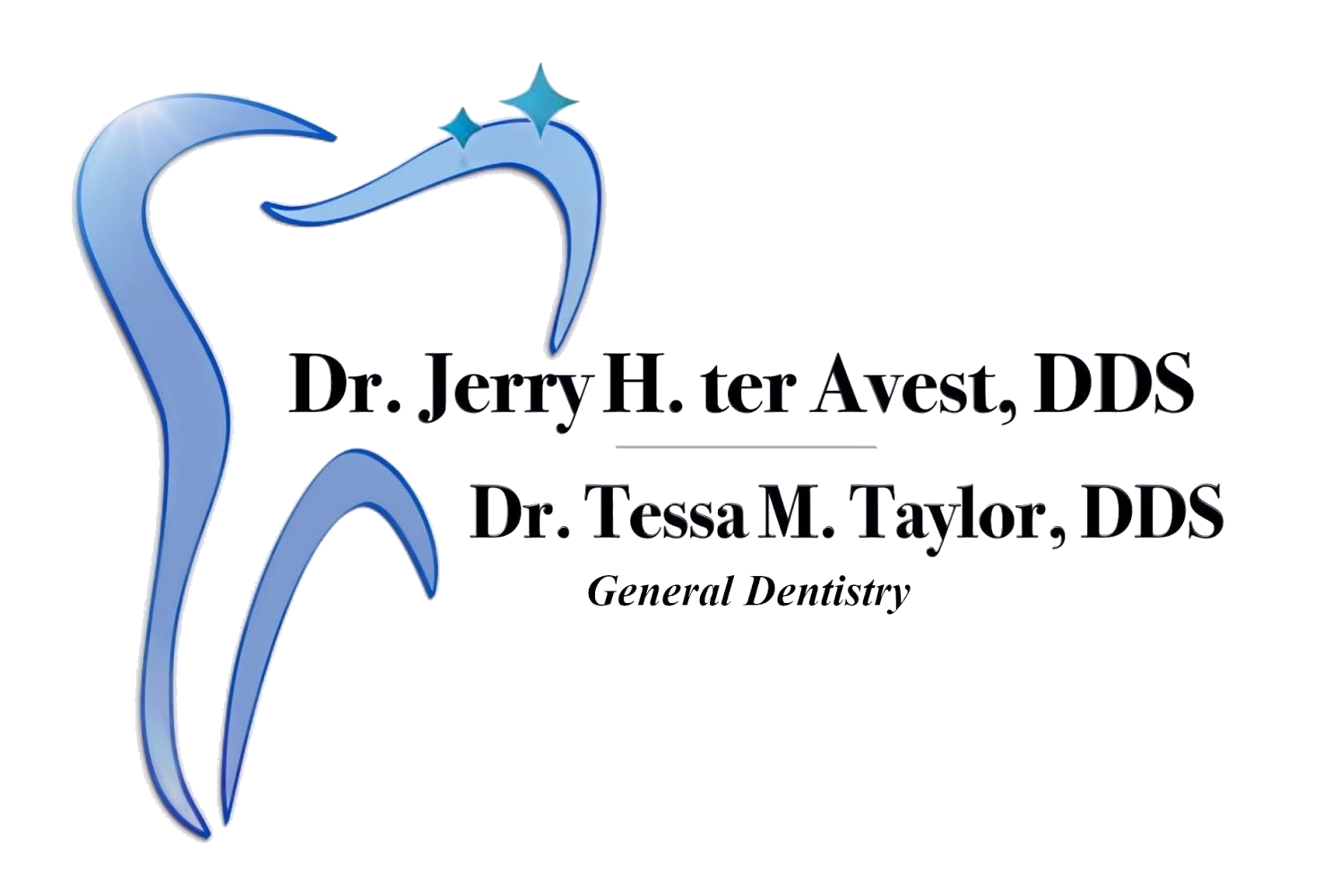Common Dental Services
XRAYS
X-rays, also called radiographs, play an important part in the diagnostic process, and to not routinely take them could lead to undiagnosed conditions. If left undiagnosed, these conditions may worsen over time and become more severe.
Our office implements digital radiography into our routine X-Rays, which are processed immediately and reduce the amount of radiation to the patient!
Our office also uses CBCT (Cone Beam Computed Tomography) to view teeth, bone, and other facial structures in a 3D image! This allows us to view problems or concerns in a 3D form that otherwise would not be visible in a simple 2D X-ray.
Sealants
Sealants can be used as a preventative measure, or as a treatment option, to fill in the pits and grooves on the biting surface of a tooth where toothbrush bristles cannot adequately reach. If properly applied and with continued good oral hygiene, a sealant could last up to 10 years.
Periodontal Care
The periodontium is the name given to the gums, bone, and other supporting structures of the teeth. These supporting structures are for a tooth, what a foundation is for a building. If the foundation is not stable, it can compromise the health of the tooth. Periodontal disease, or periodontitis, is the name given for an inflammation process that causes the loss of bone and gums around the tooth. Visible symptoms can include bleeding gums, receded gums, loosening of teeth, and changes in the overall bite. Less obvious symptoms can include high amounts of bacteria around the teeth that can lead to infection, and deep pockets around the teeth. There is a link between oral health and overall health, therefore minimizing bacteria and inflammation in your mouth can benefit your overall health! Treatment of periodontal disease at our office includes deep cleanings (scaling and root planing), and use of antibiotics. If severe enough, a referral to a specialist (Periodontist) may be recommended for further treatment.
Fillings
Decay of a tooth is a process where acid from your diet, or acid created by bacteria, wears away at the tooth. When acid progressively wears through a tooth, a hole is created that is called a cavity. Once a hole is created in the tooth, it cannot be reversed and the remaining decay must be removed and replaced. Replacement of the tooth structure is called a filling which can be done with either tooth or silver colored materials. If left untreated, decay will progress and can require more extensive treatments such as crowns, root canals, and even extractions. The progression of decay can be painful and cause infections.
Crowns
Crowns are made of either metal, tooth colored ceramic, or a combination of metal and ceramic. Crowns cover an entire tooth for protection and additional strength. A crown is usually recommended when the tooth decay is too large to be treated with a filling, or for a tooth that is at risk of fracture, or has already been fractured. Crowns can also be used to improve aesthetics.
We also offer tooth colored crowns that can be done in a single day through CEREC®!





